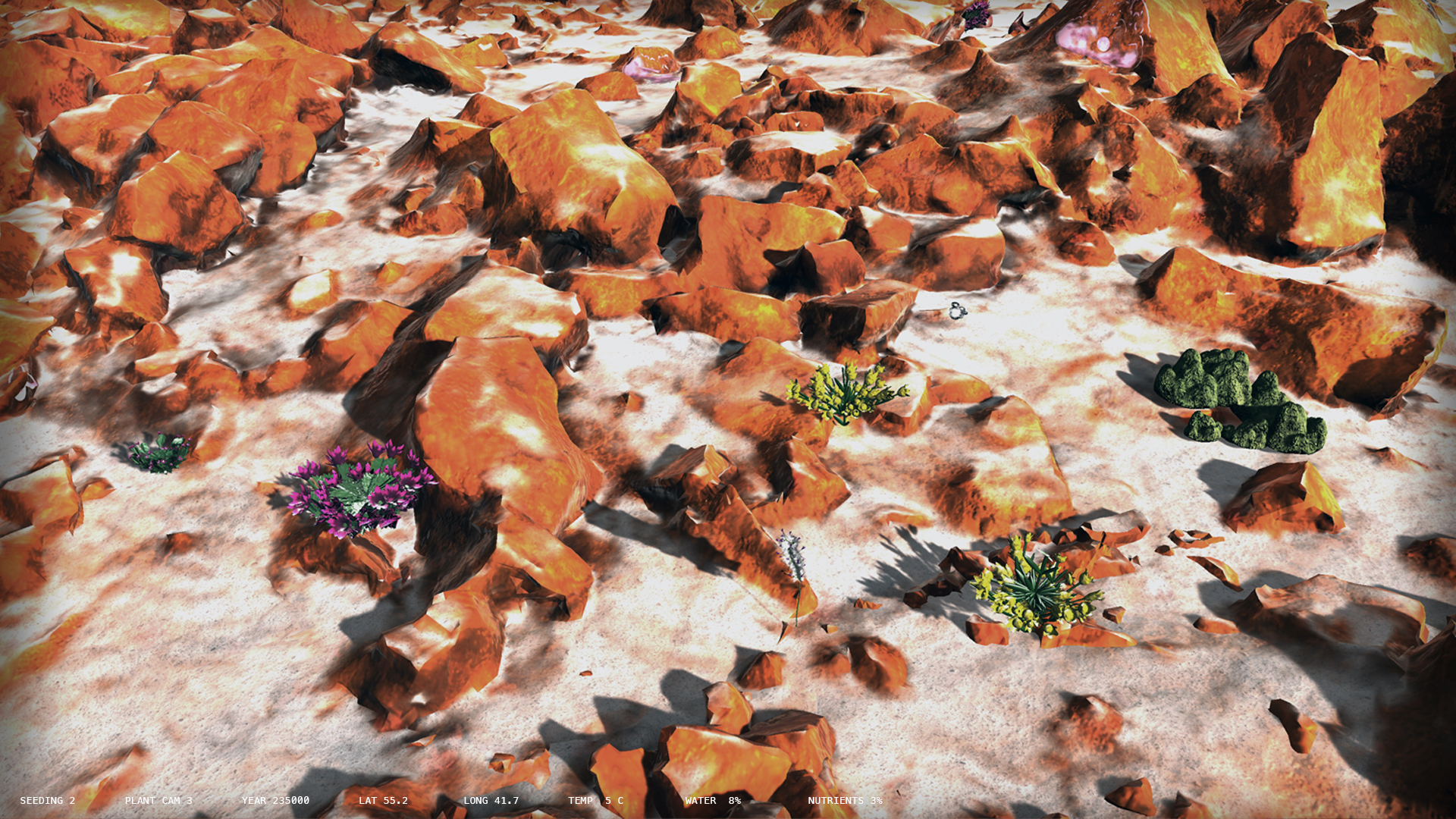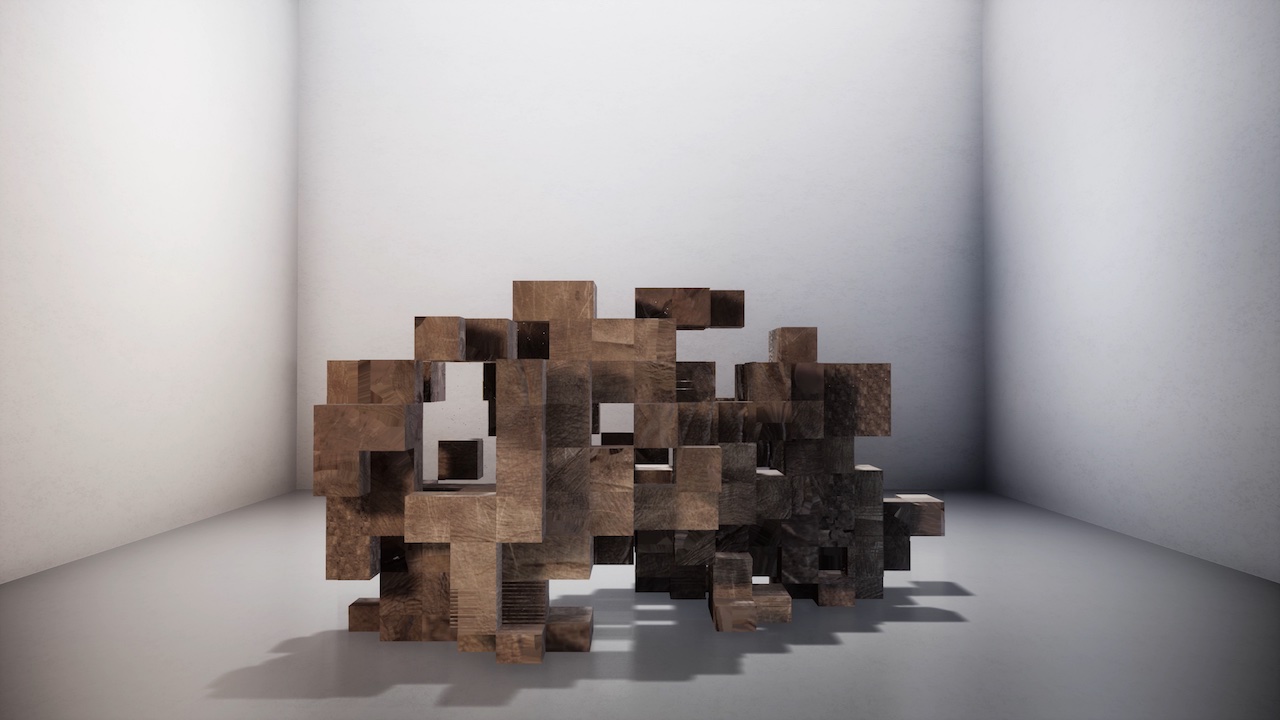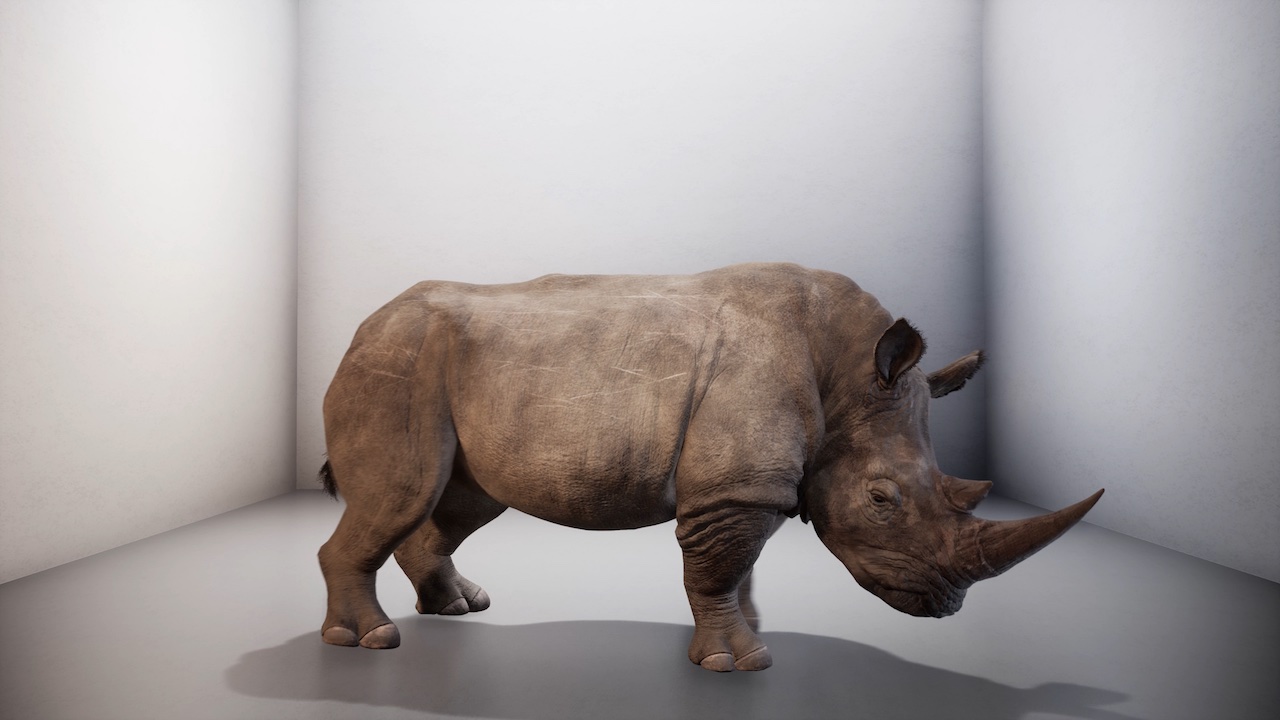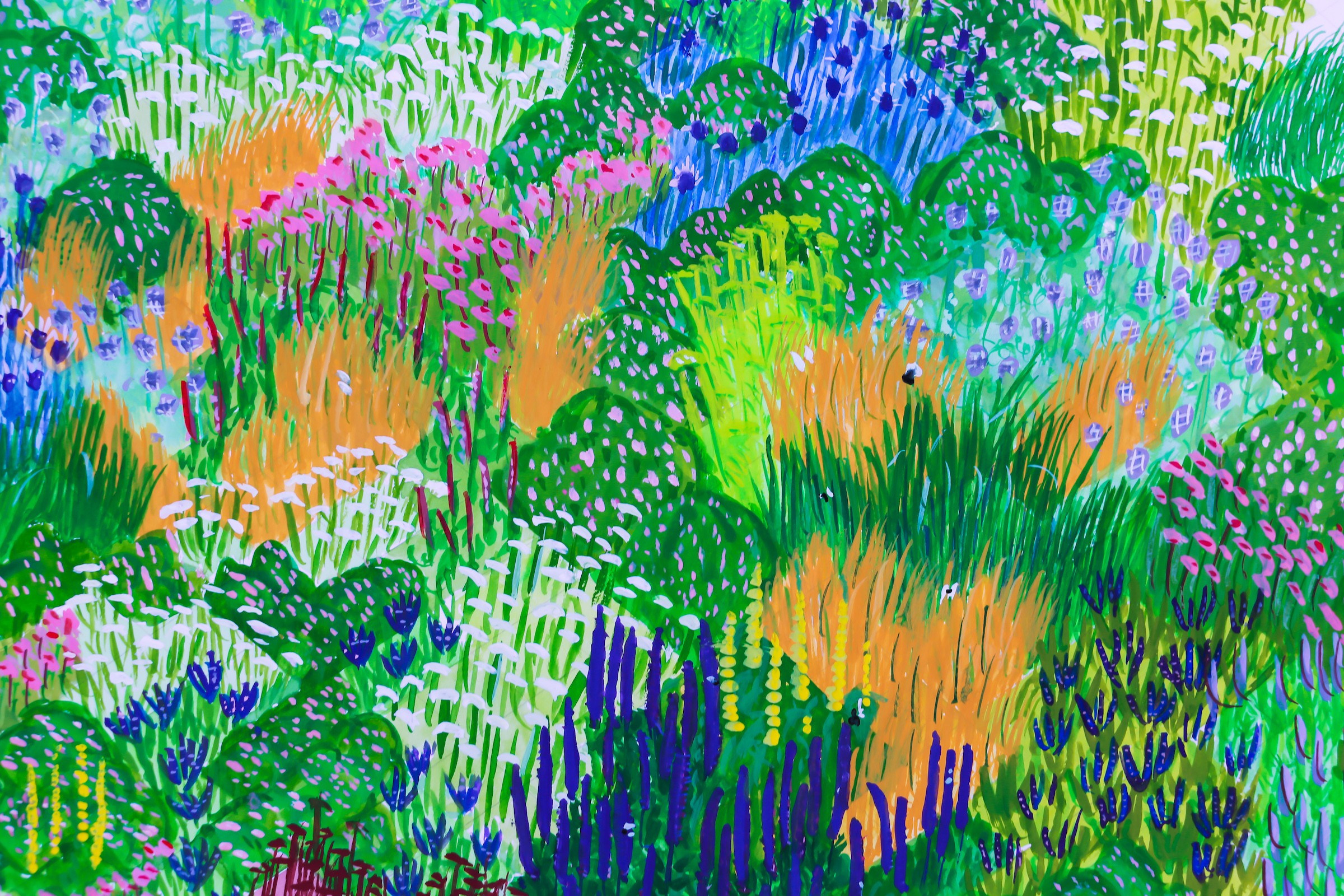Alexandra Daisy Ginsberg on nature and technology
01.12.21. Artist’s home, London
Dr Alexandra Daisy Ginsberg started her career as an architect, before going on to study on the revolutionary – and, sadly now defunct – Design Interactions course at the Royal College of Art in London. While there, she became fascinated by synthetic biology and set about finding a place for design within this emerging field – bringing together scientists and designers to collaborate on a variety of projects.
More recently, she’s turned her attention to the relationship between technology and nature, producing a string of installations that aim to illustrate what we have, and what we’re in danger of losing, through our own intransigence and our obsession with the ‘new’.
So she has used artificial intelligence to re-create the birds’ song of the dawn chorus, investigated how Mars could be colonised by plants, and designed a digital version of the now-extinct Northern White Rhino.
Her most recent work has just opened at the Eden Project in Cornwall. Pollinator Pathmaker is a 55m long piece (funded by Garfield Weston Foundation, with additional founding supporters Gaia Art Foundation and collaborators Google Arts & Culture) that has been made quite deliberately for insects, using an algorithm designed by a string theory physicist.
In this episode we talk about: her new piece at the Eden Project; working alongside a beekeeper and a string theory physicist; the relationship between pollen and data; coding empathy; dropping out of architecture; stepping into synthetic biology; why she was once dubbed ‘poo girl’; our obsession with ‘better’; colonising Mars and making a digital rhino; the importance of challenging technology.
Find out more about Dr Alexandra Daisy Ginsberg
 Horticulture apprentices and students assist with the planting of Pollinator Pathmaker. (Image by Steve Tanner, courtesy of the Eden Project)
Horticulture apprentices and students assist with the planting of Pollinator Pathmaker. (Image by Steve Tanner, courtesy of the Eden Project) A simulation screenshot from Ginsberg’s The Wilding of Mars project, which imagines a future where the planet is colonised by plants rather than humans.
A simulation screenshot from Ginsberg’s The Wilding of Mars project, which imagines a future where the planet is colonised by plants rather than humans.

A video still from The Substitute, where the artist created a digital version of the, now-extinct, Northern White Rhino.

The six minute video starts as pixels which build into the full picture. (Images courtesy of Dr Alexandra Daisy Ginsberg)

